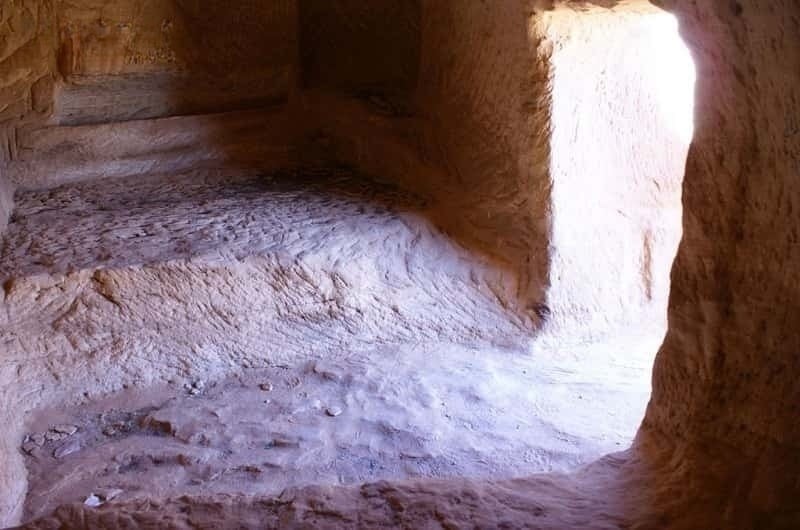Why Is Qasr Al Farid Called ‘The Lonely Castle’ In Hegra Archaeological Site?
Hegra, also known as Mada’in Salih, is an ancient archaeological site located near the town of Al-‘Ula in Saudi Arabia’s Medina Province.
The site primarily dates back to the Nabataean Kingdom of the 1st century AD.
It is considered the southernmost and second-largest city of the Nabataeans after their capital, Petra in modern-day Jordan.
One of the most interesting places in Hegra is Qasr Al Farid, also called “The Lonely Castle.”
But why does it have that name, and why was it left unfinished? Let’s dive into that in this article.
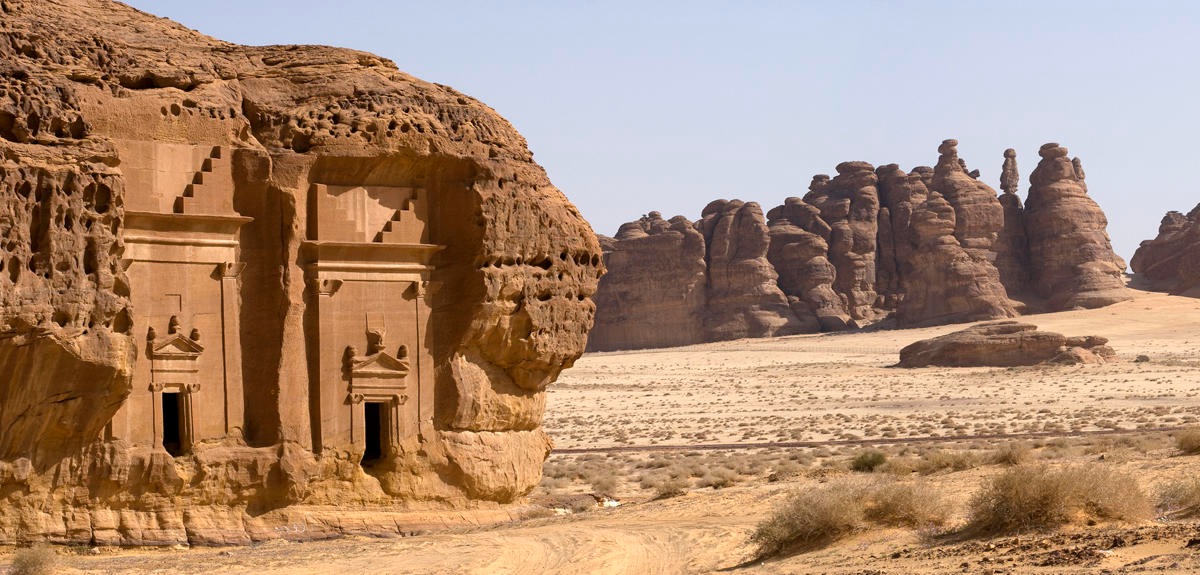
Location
Hegra is situated approximately 20 km (12 miles) north of Al-‘Ula, 400 km (250 miles) northwest of Medina, and 500 km (310 miles) southeast of Petra, Jordan.
The site is on a plain at the foot of a basalt plateau, surrounded by sandstone outcrops.
The area is part of the Hijaz Mountains, and the water table is only about 20 meters (66 feet) below the surface in some parts of the site.
Because the site is located at a crossroads of trade brought in various influences, it was called “The Capital of Monuments” among Saudi Arabia’s many archaeological sites.
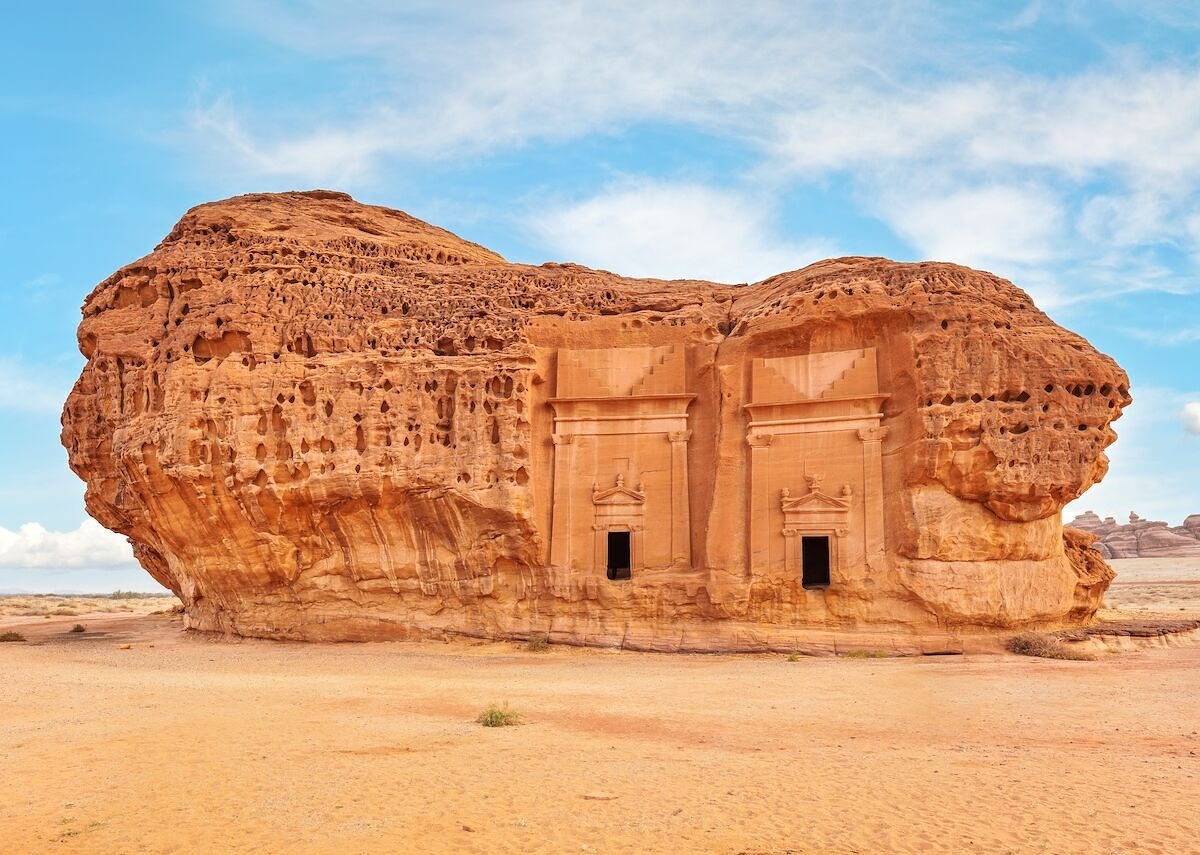
The name “Hegra”
The name “Hegra” was used by ancient Mediterranean writers, while the name “Mada’in Salih” connects the site to the Prophet Salih, a figure mentioned in Islamic tradition.
The site’s rich history is also reflected in its varying architectural styles and inscriptions.
The ancient Greeks and other Mediterranean cultures also referred to the site as Hegra.

The History Of Hegra
Hegra, or al-Hijr as it is referred to in the Quran, was historically inhabited by the Thamudi people, who were said to have been punished by God for their idolatry.
Lihyan/Dedanite Era
Before the Nabataeans, the area was inhabited by the Lihyan people, who left behind inscriptions and rock art dating to the 3rd–2nd century BC.
This suggests early human settlement due to the availability of fresh water and fertile soil.
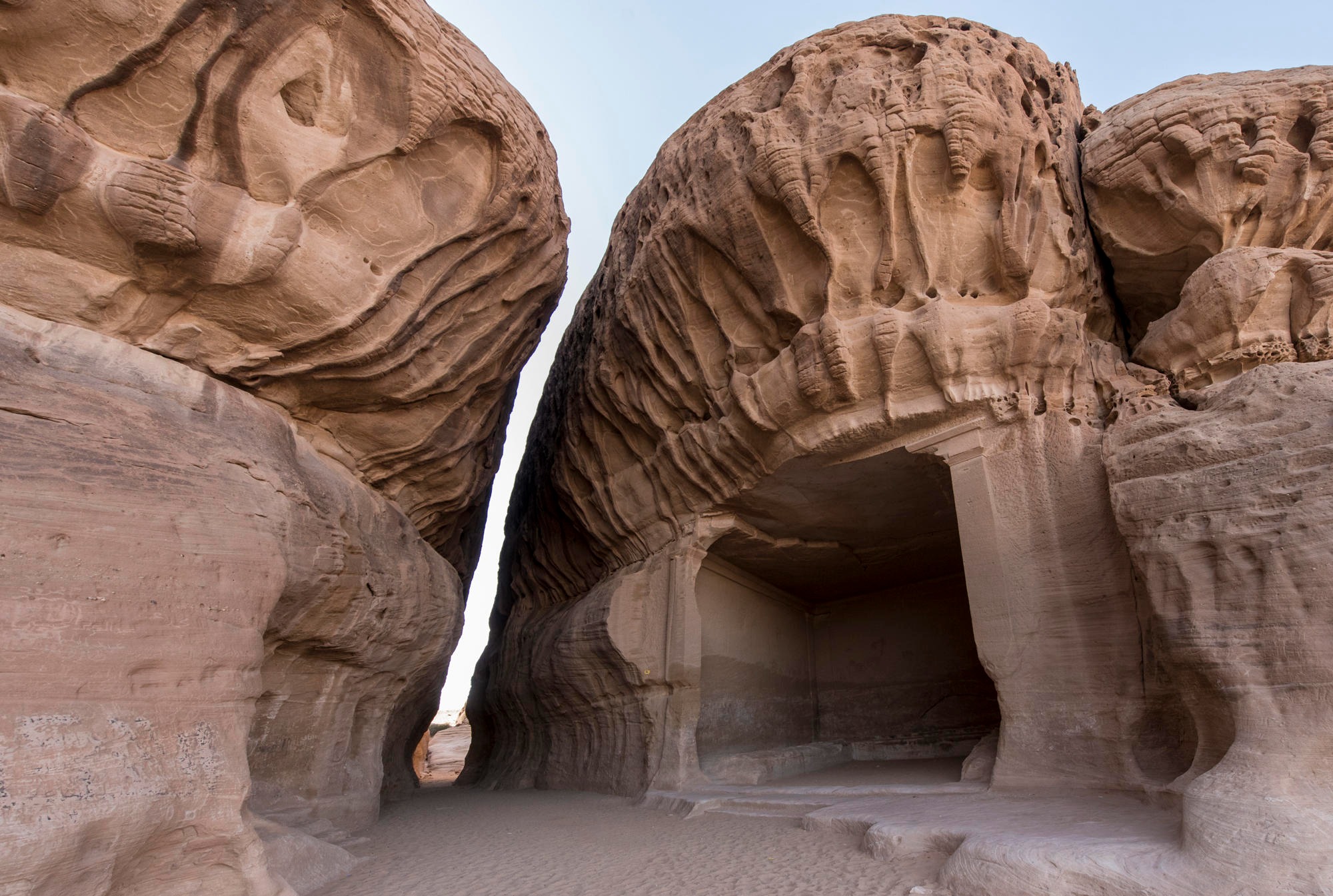
Nabataean Era
The Nabataeans settled Hegra extensively in the 1st century AD, during the reign of King Aretas IV.
They turned the site into a bustling city, carving monumental structures into the sandstone rocks and developing sophisticated irrigation systems.
Hegra became a key stop on the trade routes, especially for the trade of incense, myrrh, and spices.
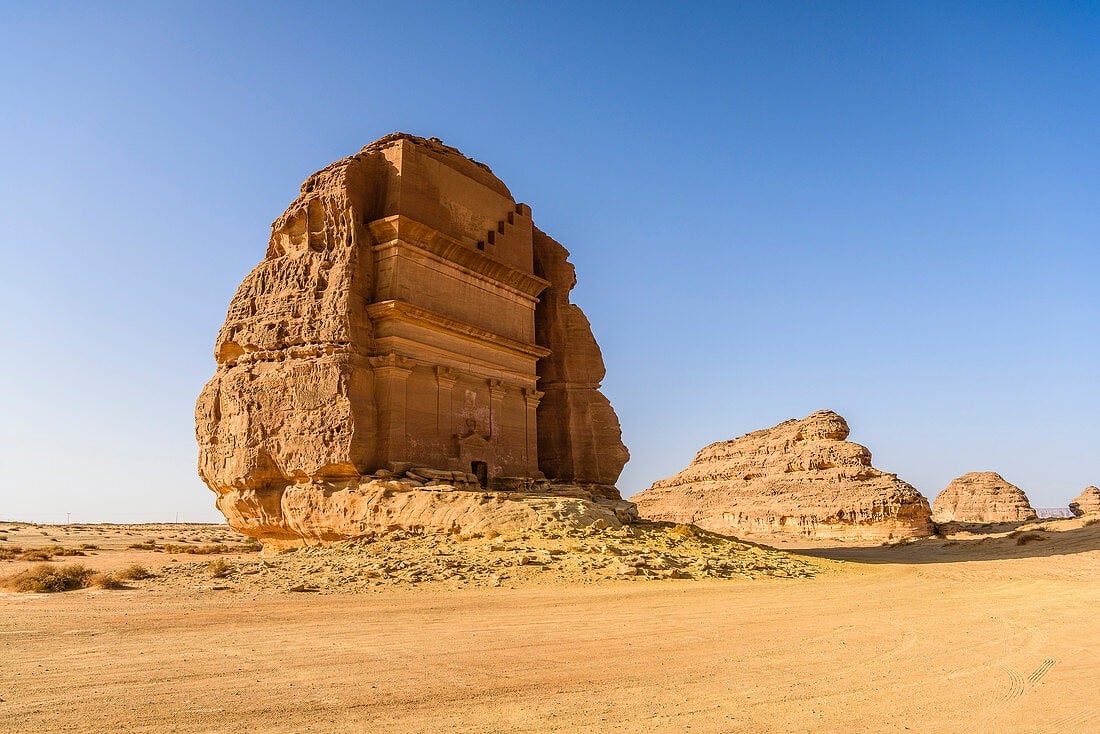
Roman Era
In 106 AD, the Roman Empire annexed the Nabataean Kingdom, including Hegra.
The site became part of the Roman province of Arabia.
However, as trade routes shifted from land to sea, Hegra began to decline and was eventually abandoned.

Ottoman Era
During the Ottoman period, Hegra was used as a stop on the Hajj route to Mecca.
A fort was built there in the 18th century to protect pilgrims.
The site continued to serve as a rest stop.
A station was built there during the construction of the Hejaz Railway in the early 20th century.
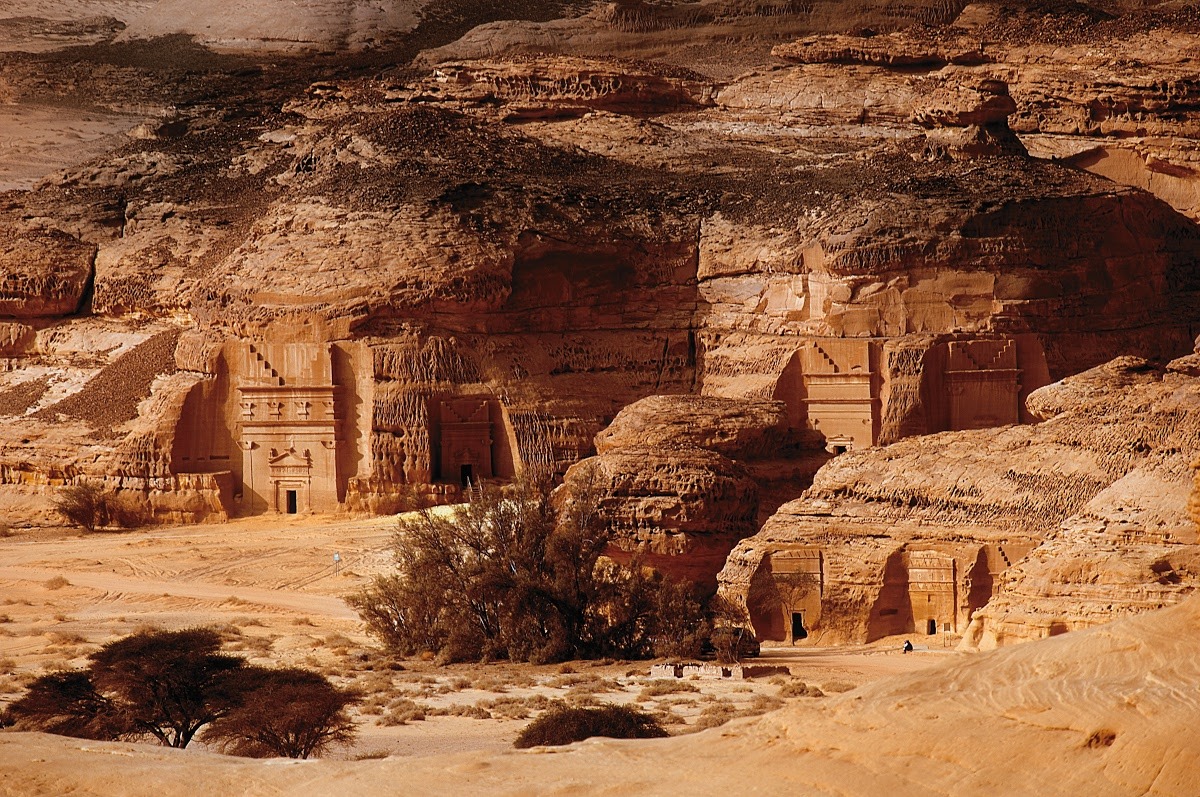
Recent Developments
In the 20th century, Hegra was recognized as an archaeological treasure, but there was little research done until the Saudi government began promoting cultural heritage and tourism in the 2000s.
Archaeological studies have been conducted to document and preserve the site as it opens to more tourists.
In 2008, UNESCO recognized Mada’in Salih as Saudi Arabia’s first World Heritage Site.
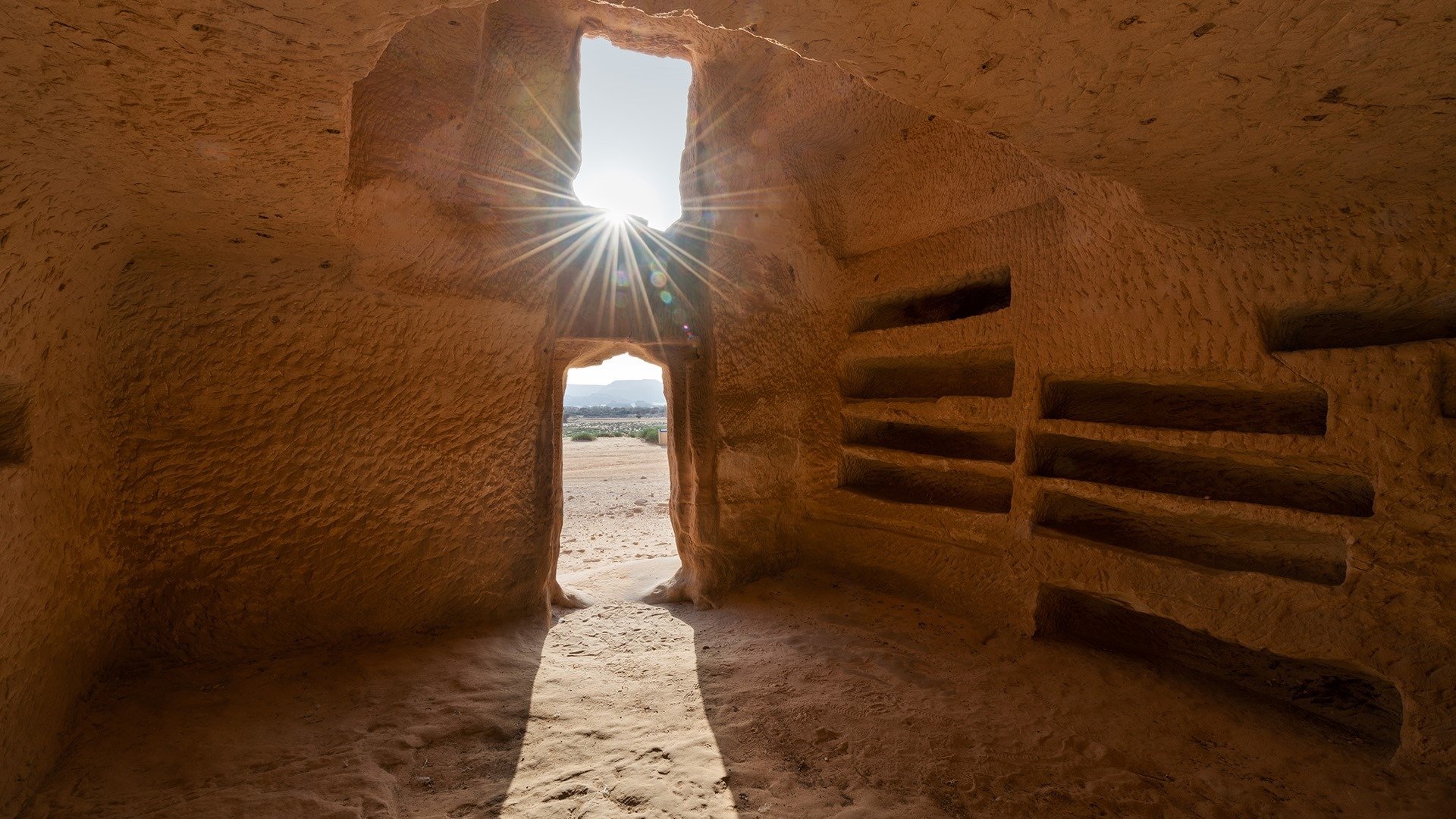
Architecture
Hegra is famous for its 131 rock-cut tombs, spread over four main areas.
These tombs vary in size and decoration, reflecting the social status of those buried there.
The carvings and inscriptions on the tombs show that the Nabataeans were influenced by various cultures, including Assyria, Phoenicia, Egypt, and Hellenistic Alexandria.
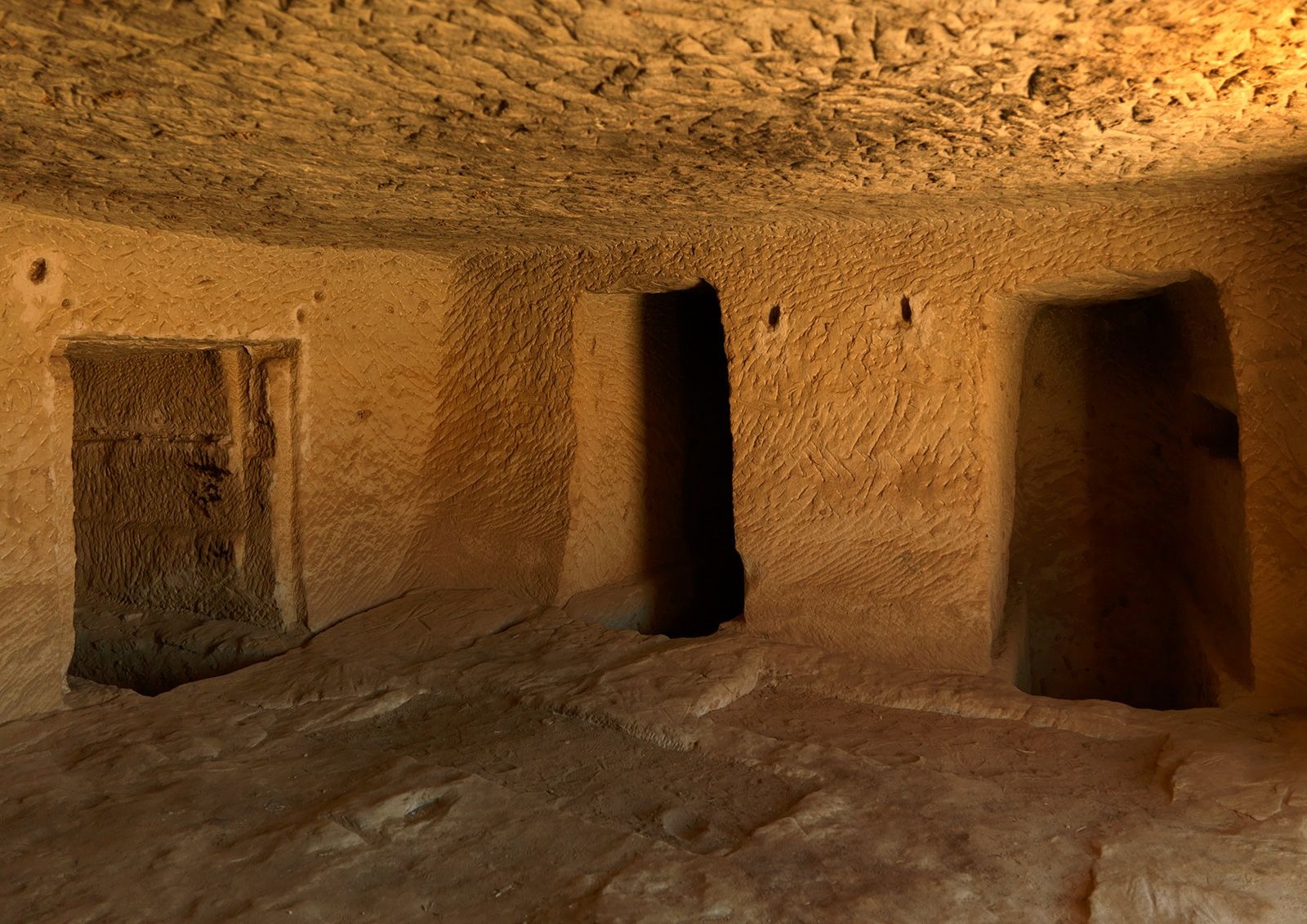
Qasr al-Farid: The Lonely Castle of Mada’in Saleh
Qasr al-Farid, meaning “the Lonely Castle” in English, is a striking monument located on the archaeological site of Mada’in Saleh (Hegra) in northern Saudi Arabia.
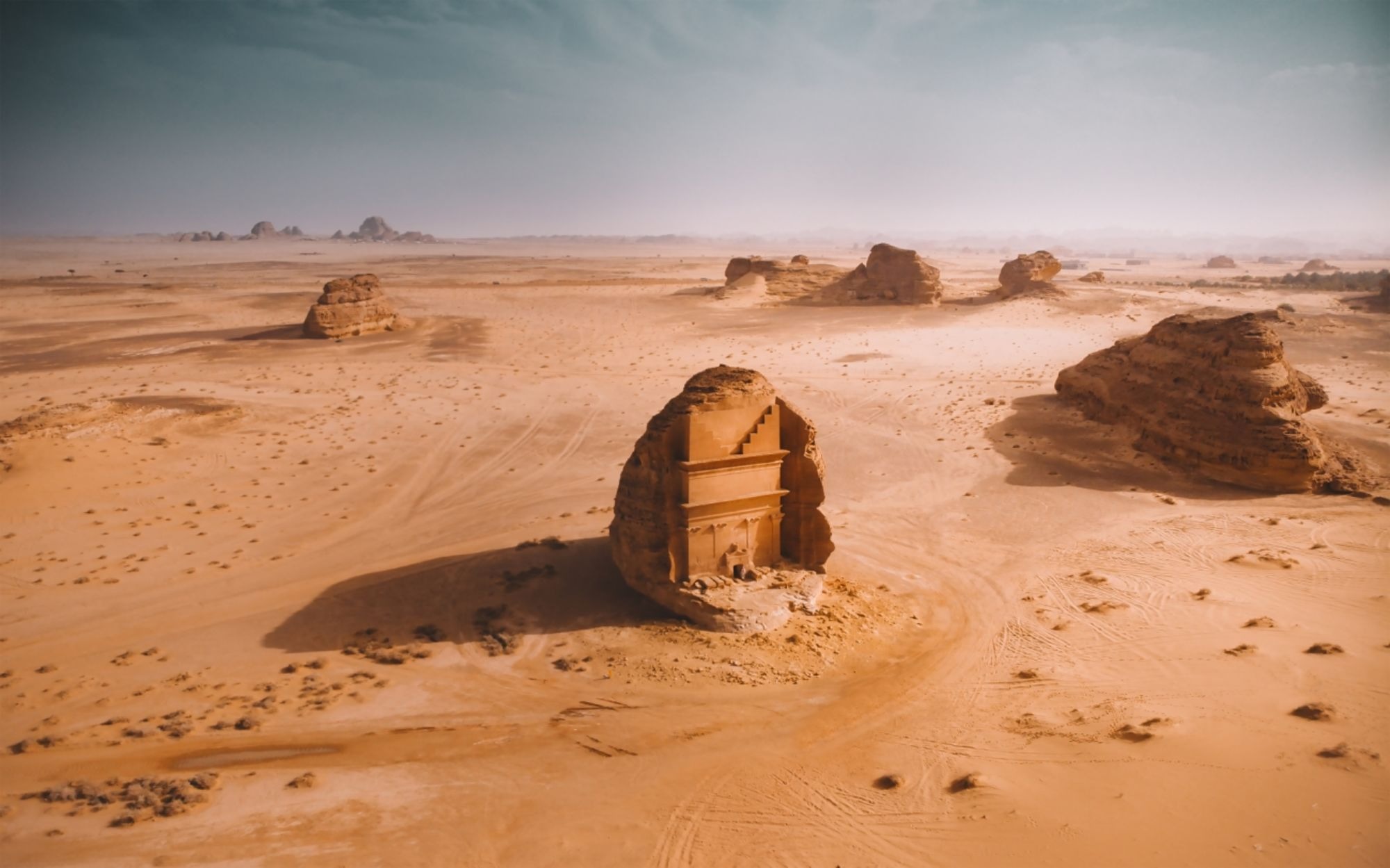
Despite its name, Qasr al-Farid is not a castle but an ancient tomb, constructed around the 1st century CE during the Nabataean period.
Unlike most tombs in Mada’in Saleh, which are grouped together—Qasr al-Farid stands completely alone. This isolation is why it’s called “The Lonely Castle.”
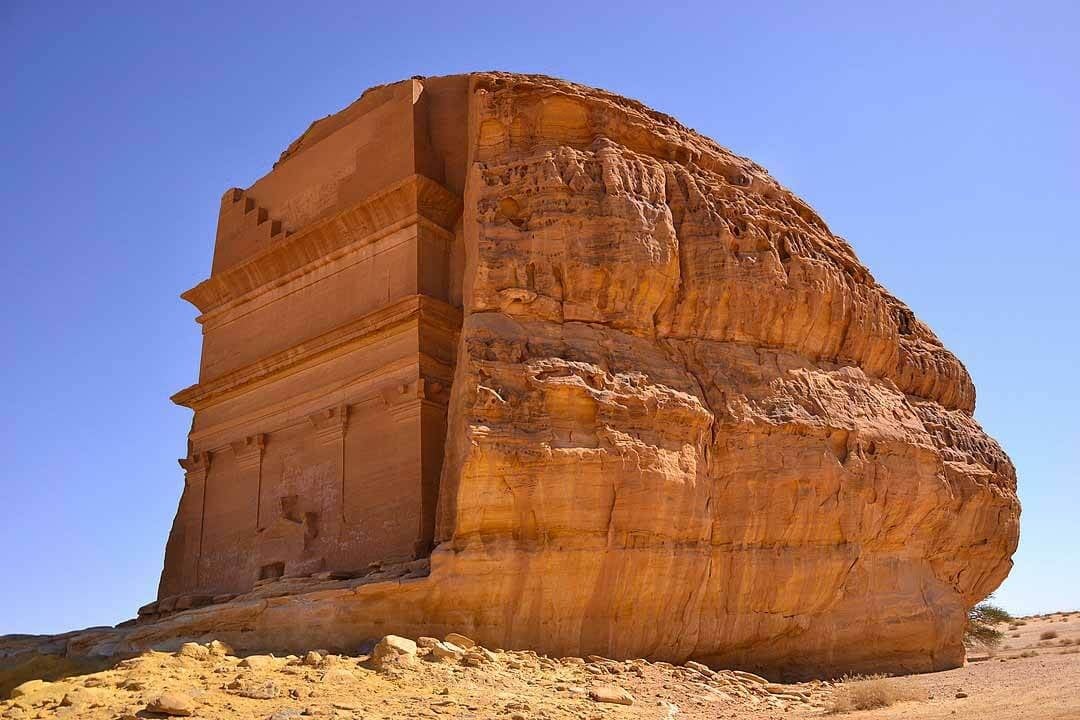
The Largest Tomb At Mada’in Saleh
The Nabataeans were a powerful and wealthy kingdom that controlled the Incense Route, an important trade path through the Arabian Peninsula.
This wealth is reflected in the grand structures they built, including Qasr al-Farid, the largest tomb at Mada’in Saleh.
Though the tomb is unfinished, its size and unique design make it stand out.
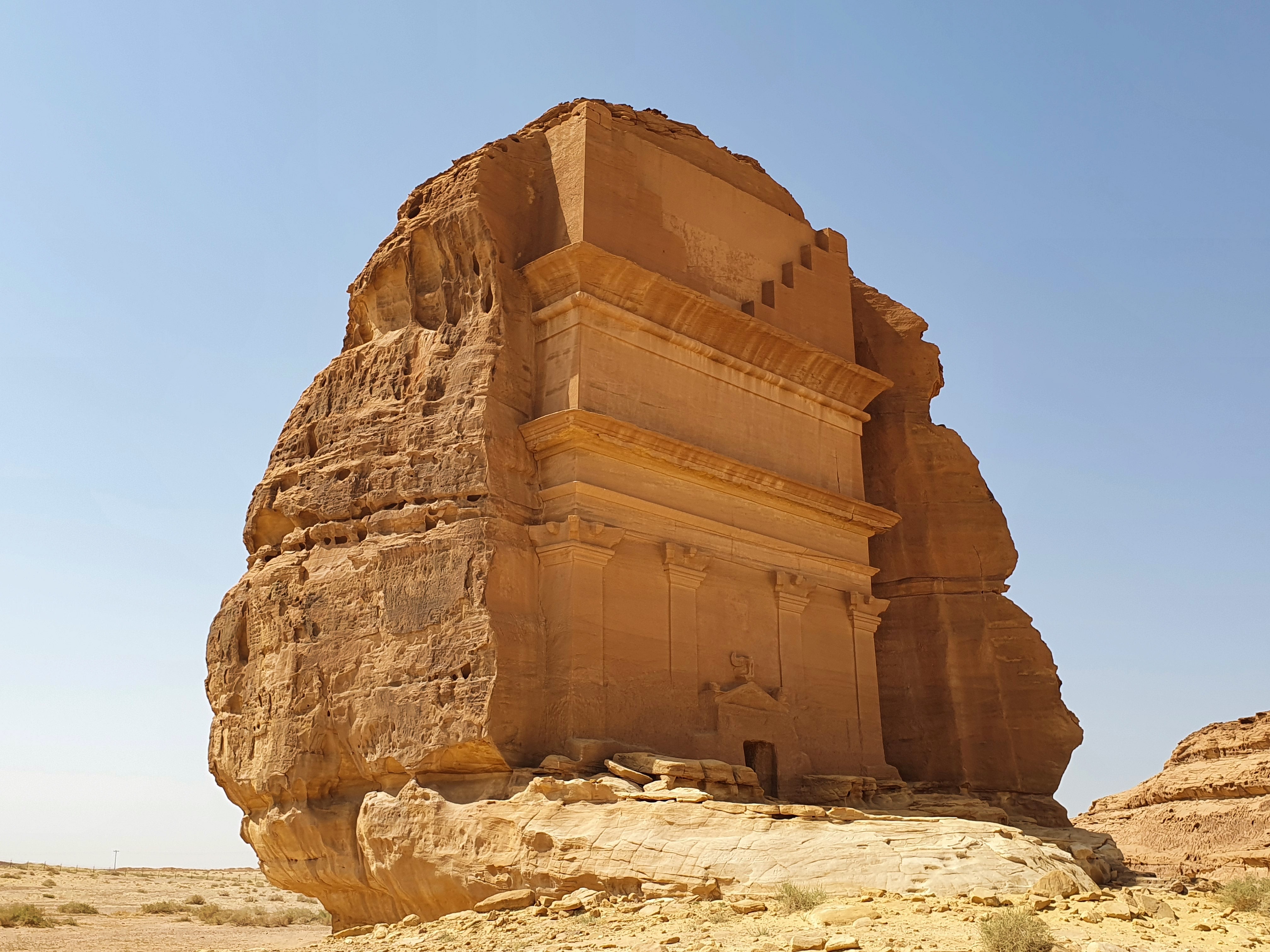
The Facade Sets Qasr al-Farid Apart From Other Tombs
The facade of Qasr al-Farid is about four stories high.

Unlike other tombs in the area, which usually have two pillars, Qasr al-Farid has four.

The rougher work at the bottom suggests that the tomb was carved from the top down, a common practice for similar structures at the time.
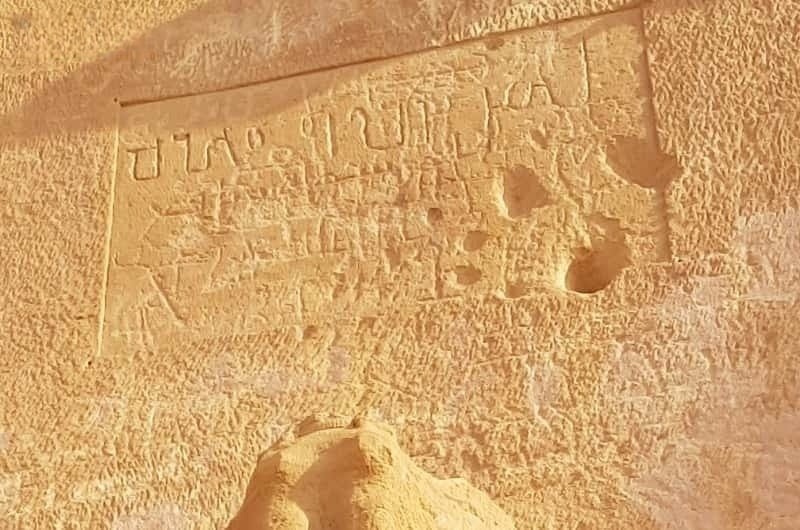
Why is the facade of Qasr Al Farid unfinished?
